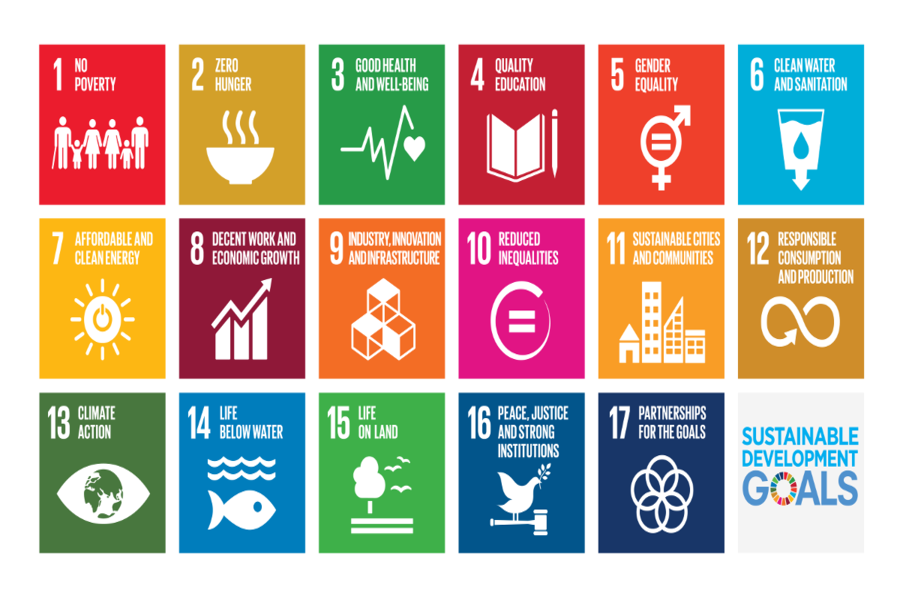25 August 2022
Big Data and the SDG
All the 62 member states of the United Nations use big data to realize the success of the 17 Sustainable Development Goals (SDGs). By analyzing big data collected from these countries, the UN can create policies to help nations grow.
Besides the policies, the members use big data to monitor their performances as they aim to meet these goals. The article will focus on the examples of big data applications to make the 17 SDGs a success, and big data is fantastic for SDG monitoring.
Examples of Big Data Applications to Support SDG
The UN can use big data science and analytics to see that the SDGs are in action. Below are examples of the big data applications to attain each of these goals.
1. Poverty
Various nations can monitor how people spend money through mobile phone services. The data helps know the income and poverty levels of citizens.
2. Zero Hunger
Here, the UN focuses on crowdsourcing and tracking world food prices online. It assists in monitoring food security status.
3. Good Health and Well-Being
Data from hospitals and tracking devices help the UN know how to plan to reduce the spread of infections. Also, nations can know how much to invest in making the health sector better.
4. Quality Education
Information that citizens report helps the UN address challenges in the sector. For example, people can explain why there are many school drop-outs.
5. Gender Equality
The UN uses big data in financial distribution activities. It helps reveal the spending patterns and how it affects men and women.
6. Clean Water and Sanitation
Big data devices like sensors help collect data on water pumps. The UN will know about places that have clean and safe water.
7. Affordable and Clean Energy
Innovative metering technology helps companies collect data about energy usage. It assists them in managing electricity, gas, and water flow to reduce wastage, especially during peak times.
8. Decent Work and Economic Growth
As for this goal, the UN uses data from postal traffic to make it a success. Information like economic growth, GDP, and trade help fast economies growth.
9. Industry, Innovation, and Infrastructure
Information from GPS devices increases innovations. Here, the UN uses the data to control traffic and industries and make transport better.
10. Reduced Inequality
The UN relies on speech-to-text analysis from the media. Such data reveal any discrimination and support nations to attain good policies.
11. Sustainable Cities and Communities
This goal relies on data from remote sensing technology. Nations can know when and which people encroach on public land that authorities can use to build cities.
12. Responsible Consumption and Production
Big data helps nations meet their goal through online search patterns and transactions. It shows the pace of the transition of safe energy products.
13. Climate Action
Information about satellite imagery, open data, and crowdsourced accounts makes the goal easy to achieve. The data help track cases of deforestation and other climate-related issues.
14. Life Below Water
The goal of marine life also relies on big data technology. Maritime information reveals any illegal fishing activities that can be a threat to marine life.
15. Life on Land
As for SDG 15, social media’s big data helps show any danger like disasters. It helps nations prepare and avoid losses.
16. Peace, Justice, and Strong Institutions
Like the SDG 15, nations use social media data to show the public opinion about governance, human rights, and public service delivery. The data keep governments on their toes to see that all is well.
17. Partnerships for the Goals
Partnerships of various sectors combine internet and research data with helping people understand trends of the much-connected world. These plans help countries plan for a better future for their citizens.
Big Data for SDG Monitoring
Today, many nations are going big with big data sources. It's a move for them to modernize their statistical systems and use them to see how the SDG performs in their areas.
The monitoring of the SDGs through big data technology runs from the UN and down to the nations. It needs proper attention and could bring about excellent opportunities for countries to grow. For example, some nations moved from traditional data sources to big modern data to implement the SDGs. Such places keep experiencing new and unique initiatives that help them realize the greatness of the SDGs.
Every UN member state and the rest of the world should work to meet the needs of the fast-growing economy. The 17 SDGs guide countries through investing in big data analysis. These member states can monitor the progress of how they achieve the SDGs using big data. So, observing real-time info about the SDGs will make many people become game changers as the goals become a reality.
Is this information helpful?
